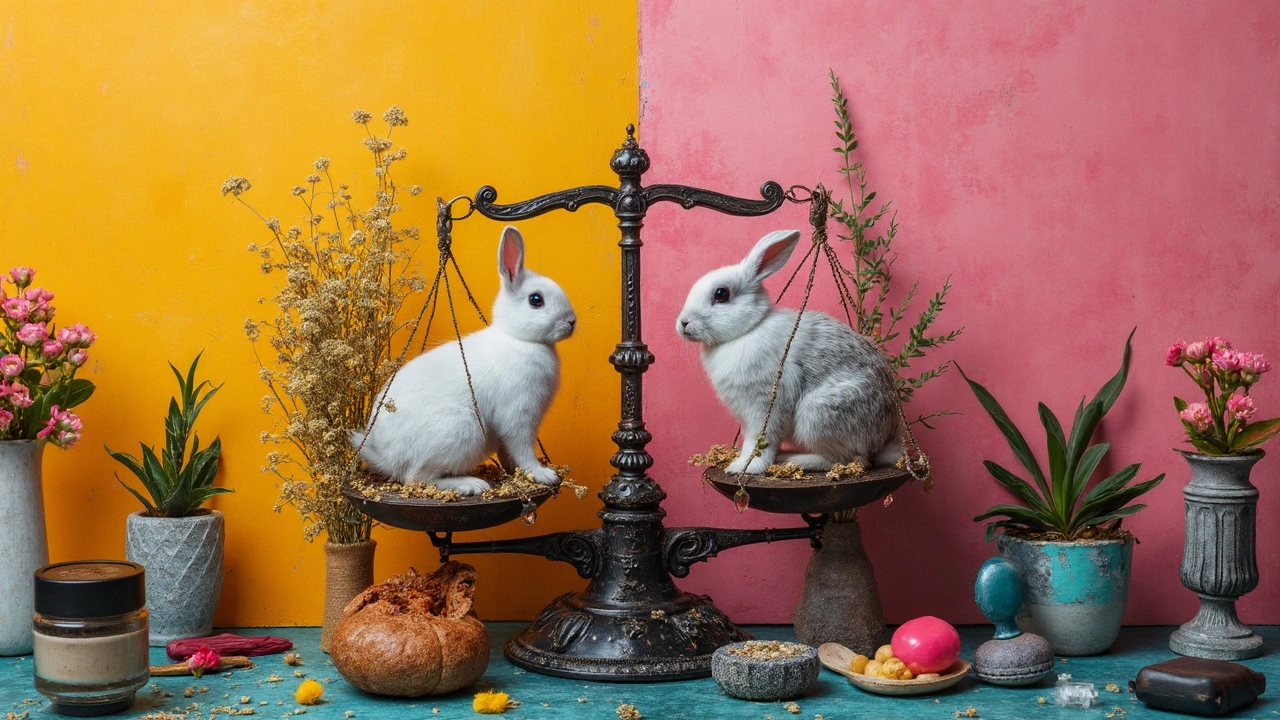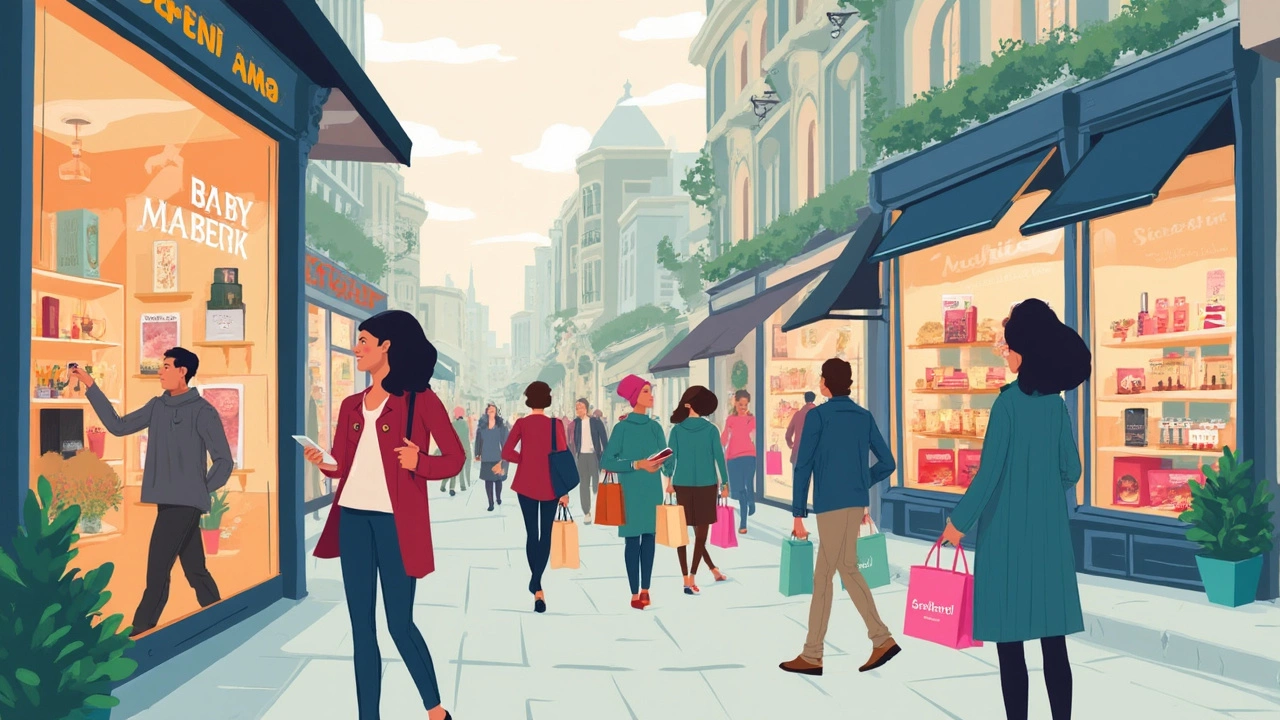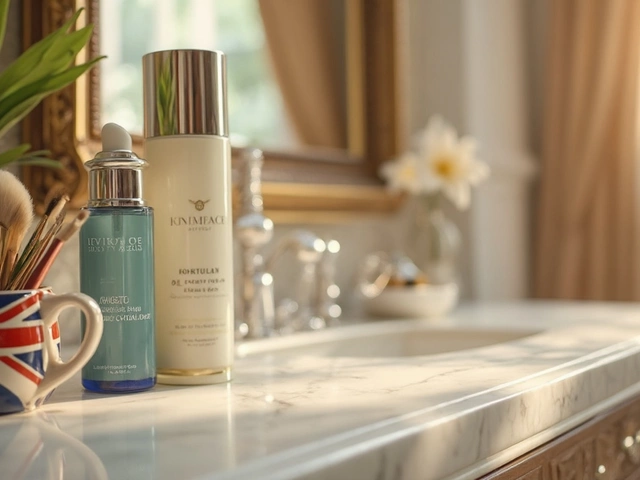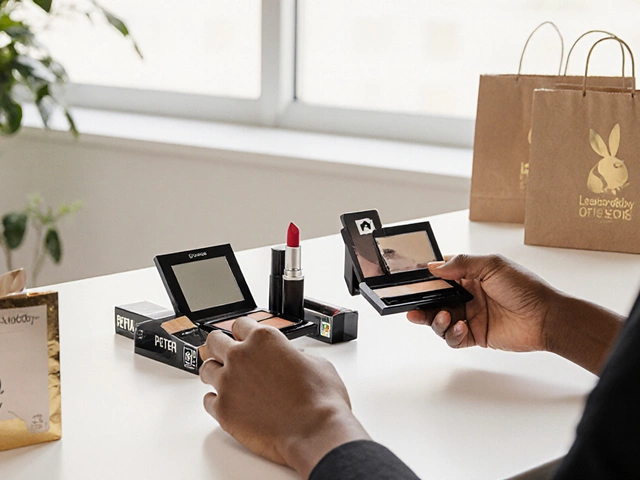It's 2025, and you might wonder if makeup companies are really still testing on animals. Though we've made tons of progress, some brands haven't fully waved goodbye to outdated practices. Why is this still a thing? Often, it's about regulations or profit priorities.
To start, some countries still require animal testing for cosmetics sold within their borders. So, even if a brand doesn't test in their own labs, they might comply with these rules to access those markets. Sneaky, huh? And then there are brands that aren't transparent about their testing policies—not cool.
Wanna become a savvy shopper? Checking labels is a great first step. Look for certified cruelty-free logos like the Leaping Bunny or PETA's bunny symbol. But don’t stop there! Dig a little deeper because some labels can be misleading.
- The Reality of Animal Testing Today
- Spotting Cruelty-Free Brands
- Understanding Regulations and Loopholes
- Practical Tips for Conscious Shoppers
The Reality of Animal Testing Today
Even in 2025, the issue of animal testing in the beauty industry lingers. While many makeup companies have shifted to cruelty-free methods, not all have abandoned testing on animals entirely. Some regions still require animal tests for cosmetics safety checks, mainly due to regulatory requirements.
Take China, for instance. Although they made headlines a couple of years ago by allowing some companies to skip animal tests on ordinary cosmetics, things aren’t entirely clear-cut. Imported 'special use' products like sunscreen or hair dye are still subject to animal testing there. This creates a loophole for companies wanting to enter that lucrative market.
Who’s Still Testing and Why?
There's a mix of reasons companies continue these practices—ranging from strict regulatory environments to old habits dying hard. For some brands, selling in every possible market is a top priority, even if that means compromising on cruelty-free principles. In essence, where a brand chooses to sell can greatly impact its testing policies.
But fear not! There's hope. Many brands worldwide are committing to stop testing on animals and obtain cruelty-free certifications. Thanks to scientific advances, there are now reliable alternatives like in-vitro testing and computer models that don't involve our furry friends.
Walking the Talk in the Beauty Industry
So, how do you know if a brand is truly committed to cruelty-free practices? Keep an eye out for transparent, detailed policy statements on their websites. It’s also a good idea to engage with the community by checking reviews and following ethical consumer lists. With a bit of vigilance and research, supporting cruelty-free makeup becomes simpler—and knowing your purchases align with your values is a win for everyone involved.
Spotting Cruelty-Free Brands
So, you're cruising down the beauty aisle, surrounded by all these shiny packages, and the idea of making sure they're cruelty-free seems like one more headache. Don't worry, it doesn’t have to be this daunting quest. There are some super easy ways to identify that the products you're eyeing don’t harm animals.
Check for Credible Labels
First stop: labels. But don't just trust any bunny logo you see. Look for certifications from recognized organizations like Leaping Bunny or PETA's Beauty Without Bunnies. These labels mean that a brand has pledged not to test on animals at any product stage. It’s the fastest way to ensure you're choosing cruelty-free makeup.
Dive into Brand Policies
Still unsure? Visit the brand's website and check out their animal testing policy. Legit cruelty-free companies are usually proud of their status and will share detailed info. If it feels vague or hard to find, it might be a red flag. Some companies are stuck in legal jargon just to seem more ethical. Watch out for that.
Avoiding the "Not Sold in China" Pitfall
You might’ve heard that any brand selling in mainland China requires tests on animals. But here's the update: China’s laws changed and aren't as strict now for local manufacturers, though imported products might still get tested. So, knowing where the product was made, and sold, becomes part of the checklist.
Support Independent Brands
Consider supporting smaller, independent brands often leading the pack in ethical practices. They might not always have big certifications due to costs, but a bit of research or emailing them can clear this up. Plus, you get to support cool and conscious businesses!
In a nutshell, understanding and spotting cruelty-free brands involves being a bit nosy but in a way that helps our fluffy friends. Making conscious choices isn’t just about saving animals; it’s about encouraging a better, kinder world, one lipstick at a time.

Understanding Regulations and Loopholes
Navigating through the beauty industry’s regulations can feel like solving a jigsaw puzzle, with some pieces missing. Different countries play by different rules when it comes to animal testing in cosmetics, which creates a maze of regulations that brands have to maneuver through.
Take the European Union, for example. They banned animal testing for cosmetics back in 2013. But guess what? This doesn't stop some brands from conducting animal tests if they want to sell in markets with less stringent regulations. It's all in the fine print!
Global Market Challenges
Countries like China have historically required animal testing for foreign cosmetics, although they've begun to soften these rules for some products. However, the whole process isn’t straightforward and involves lots of paperwork and restrictions, which can cause confusion.
Loopholes and Legal Gray Areas
Brands sometimes exploit loopholes to dodge cruelty-free claims. For instance, companies may label their finished products as cruelty-free, yet still test ingredients on animals. So how do you make sure you're supporting ethically sound companies?
- Third-party Certifications: Look for reliable cruelty-free certifications as they have stricter standards.
- Ingredient-Specific Testing: Understand that some companies may still test on animals to satisfy ingredient safety, where they're legally required.
- Transparency: Companies genuinely committed to cruelty-free practices often have transparent policies on their websites.
Understanding these layers helps you shop smarter in the beauty industry, ensuring your purchase decisions align with your values. Regulations and reputations mean everything, so staying informed about the current state of play is powerful. Who knew buying eyeliner could be such a revelation?
Practical Tips for Conscious Shoppers
If you're one of those conscious consumers who wants to shop cruelty-free, there's a lot to consider. The good news is, once you have a few strategies up your sleeve, picking cruelty-free makeup gets a whole lot easier.
Check the Labels
It's no secret that labels are your best friend when shopping against animal testing. Keep an eye out for the trusted cruelty-free certifications like the Leaping Bunny and PETA's bunny logo. These symbols mean a brand hasn’t tested on animals at any point in production.
Research the Brands
Don't just rely on the packaging. It pays to do a bit of digging. A quick search on brand websites or resources like Cruelty-Free Kitty can reveal a brand's animal testing policy. Some brands might test for certain markets, while maintaining cruelty-free status elsewhere, so be vigilant.
Understand Parent Companies
This is where things can get a bit tricky. Some cruelty-free brands are owned by larger corporations that do test on animals. Decide where you stand on supporting these brands and shop accordingly. Many choose to support entirely cruelty-free corporations.
Consult the Community
There's a fantastic online community of beauty enthusiasts committed to cruelty-free practices. Join forums or social media groups to share experiences, get updates, and learn about the latest compassionate products.
Stay Informed
- Keep an eye on regulatory changes. Countries like China are slowly shifting their testing requirements, so staying informed can affect your choices.
- Government guidelines and industry news often provide updates that could influence the availability of cruelty-free products.
Money speaks volumes, so where you choose to spend it can lead to positive changes in the beauty industry. By following these steps, you'll align your purchases with your values without sacrificing quality or style.


